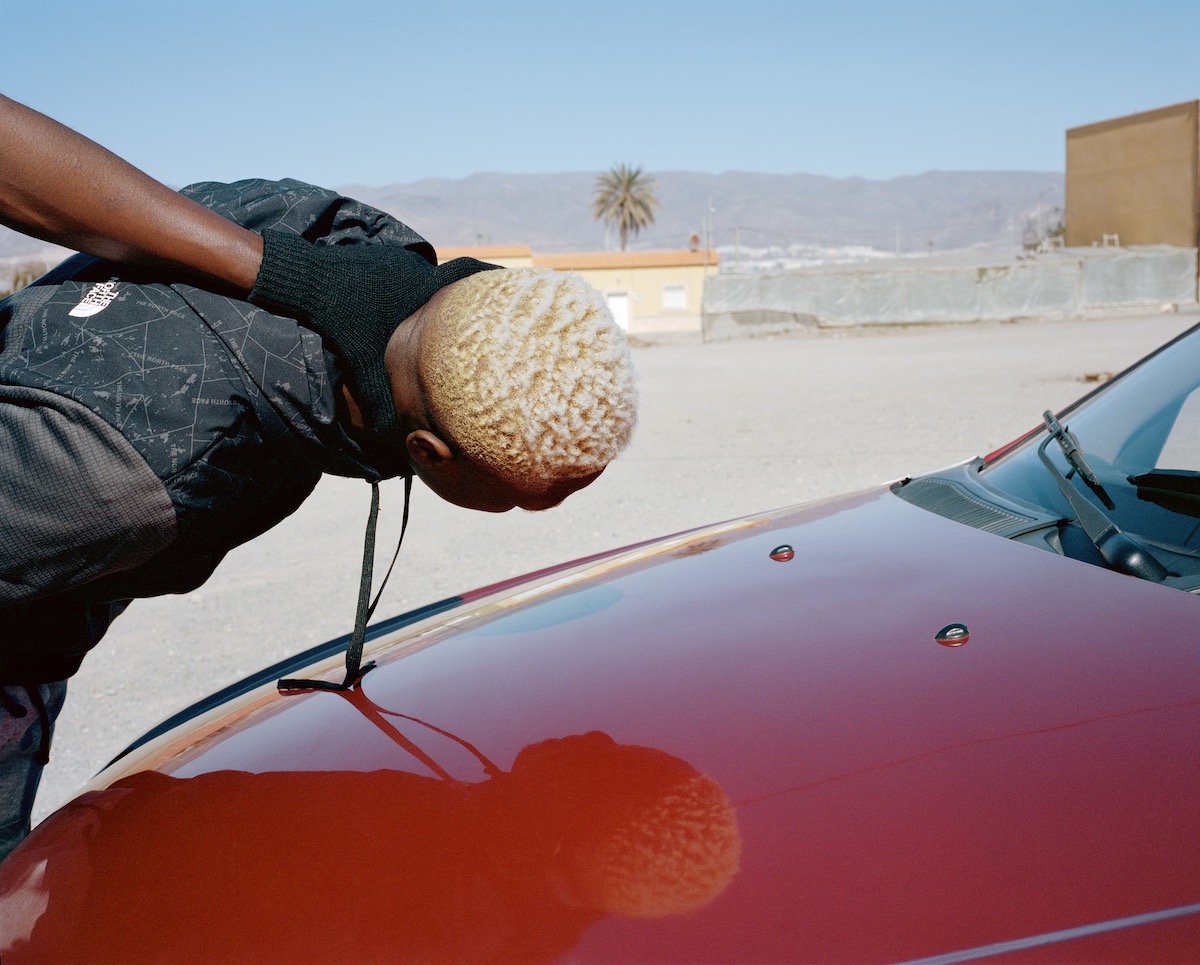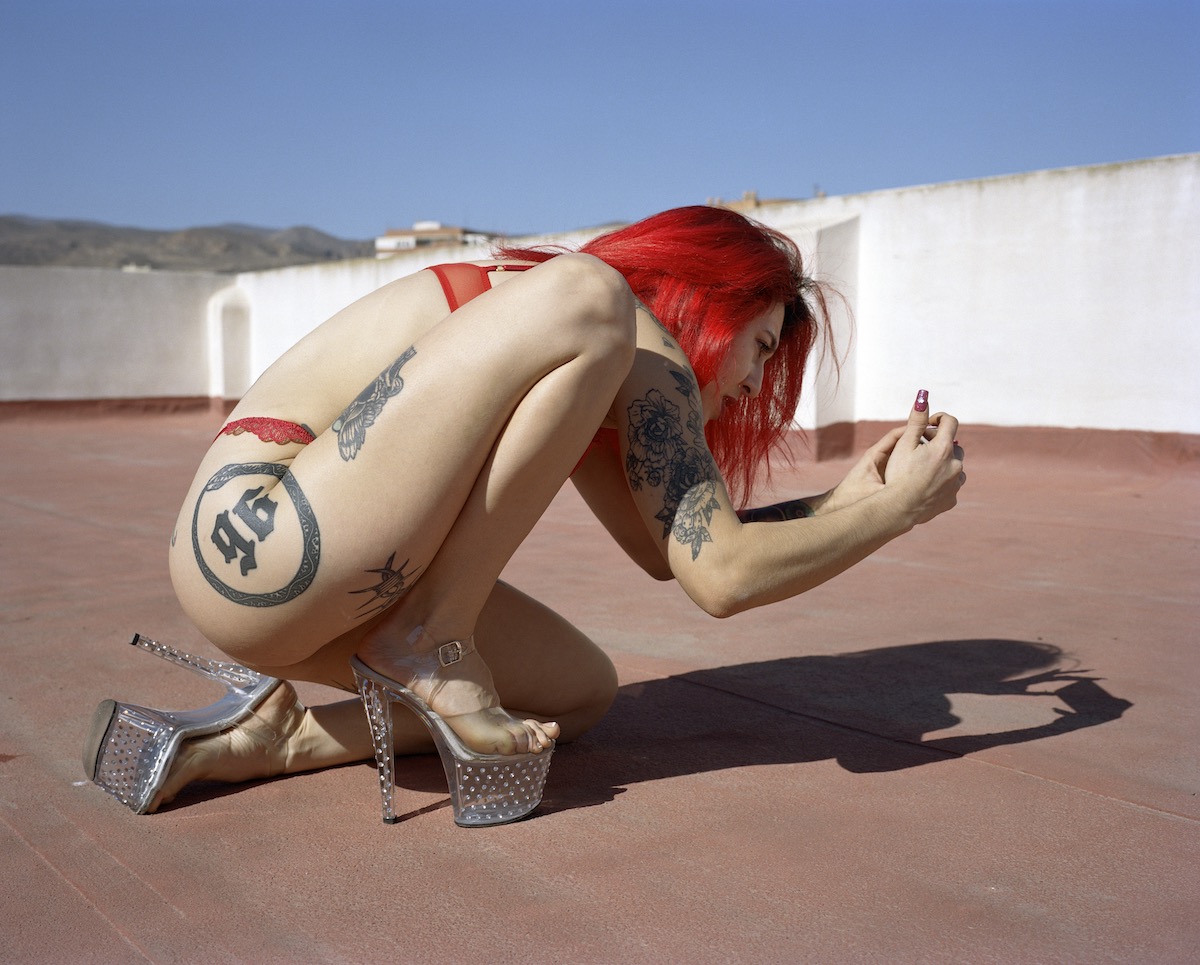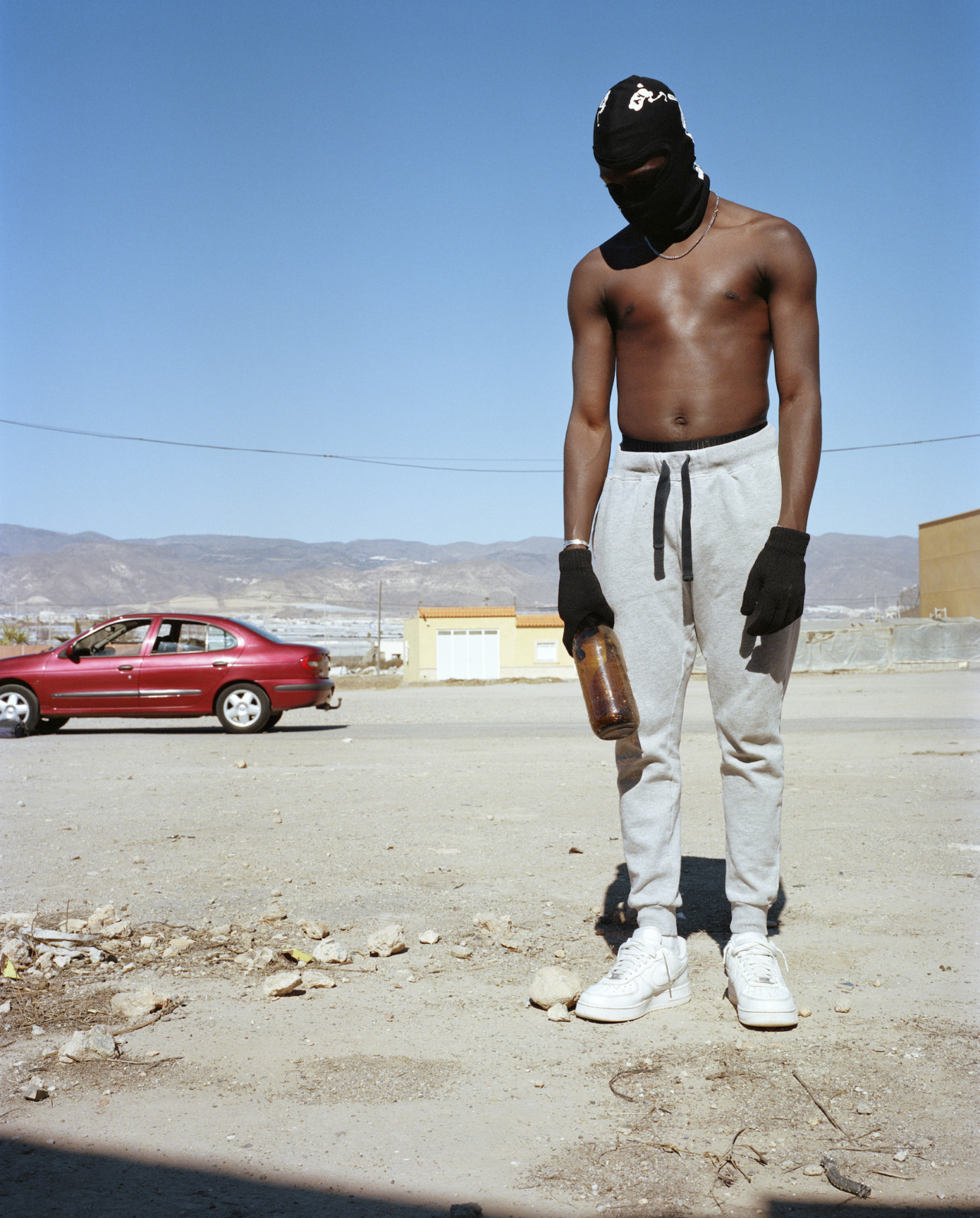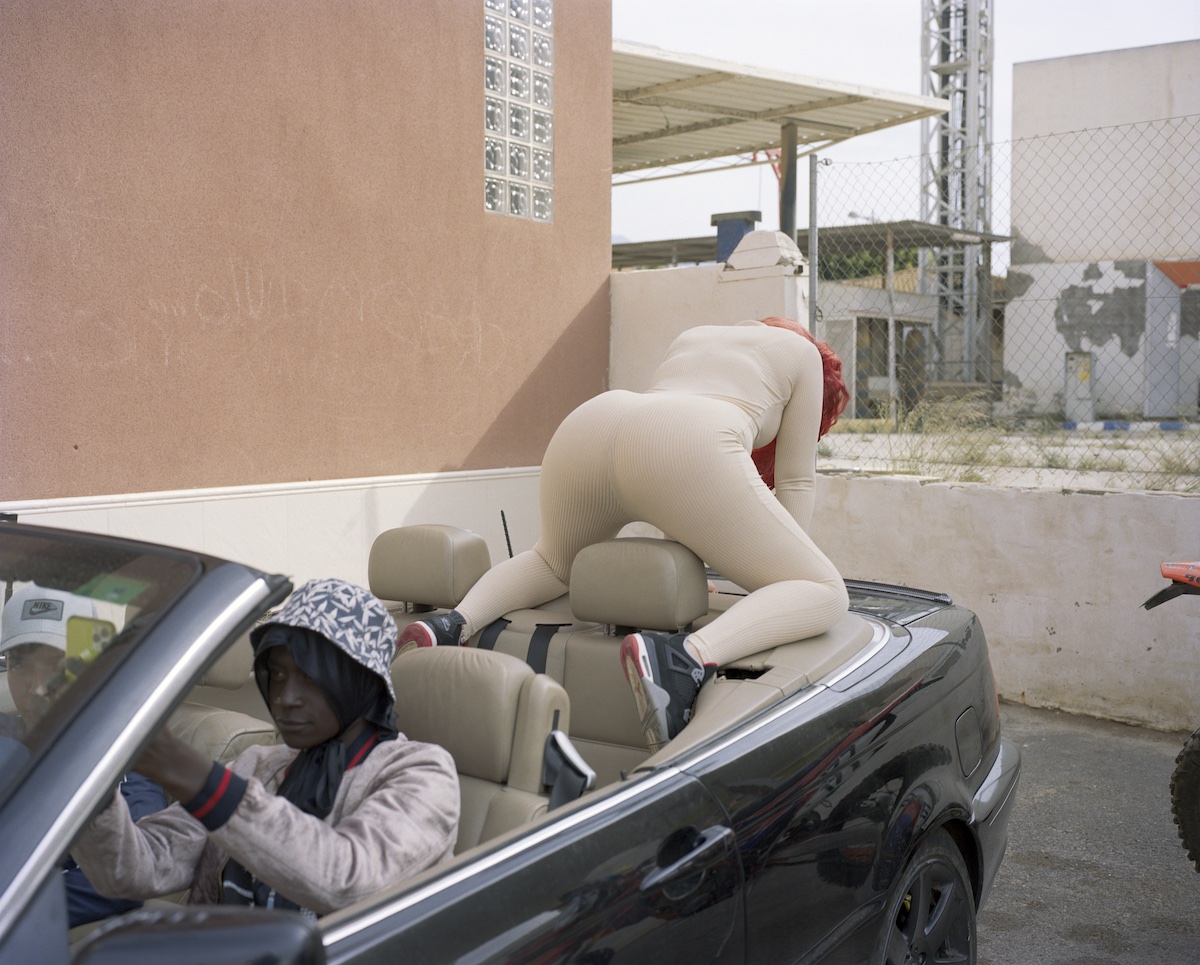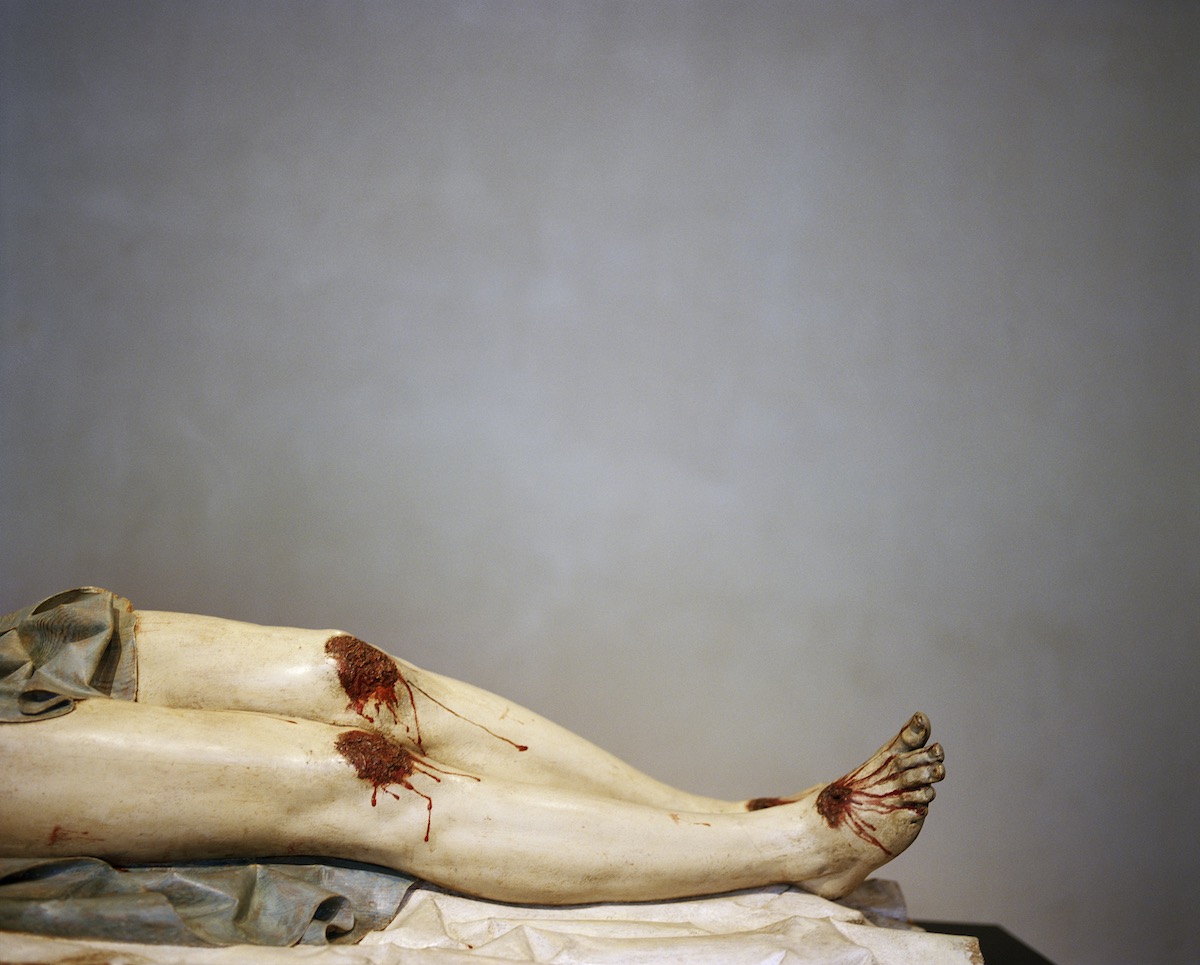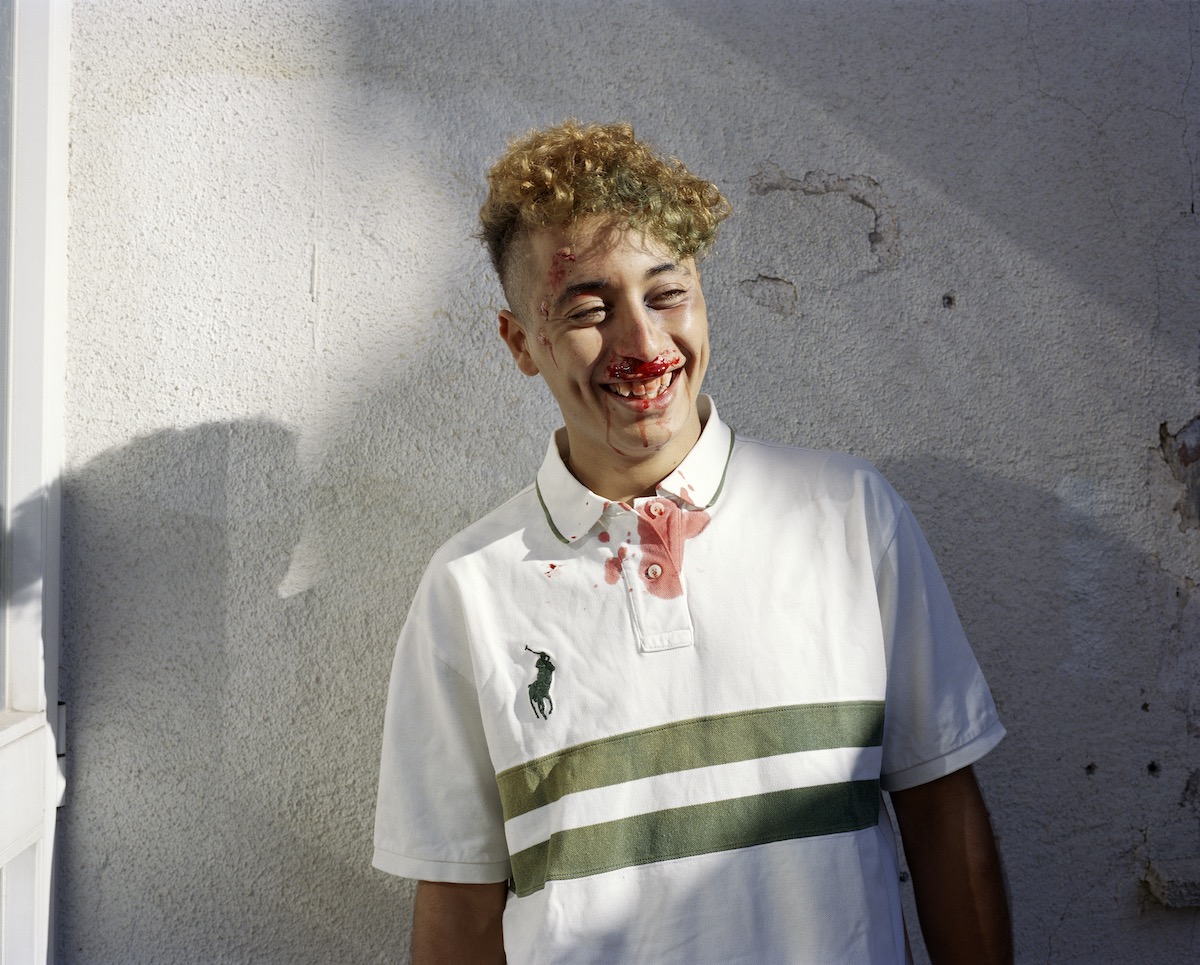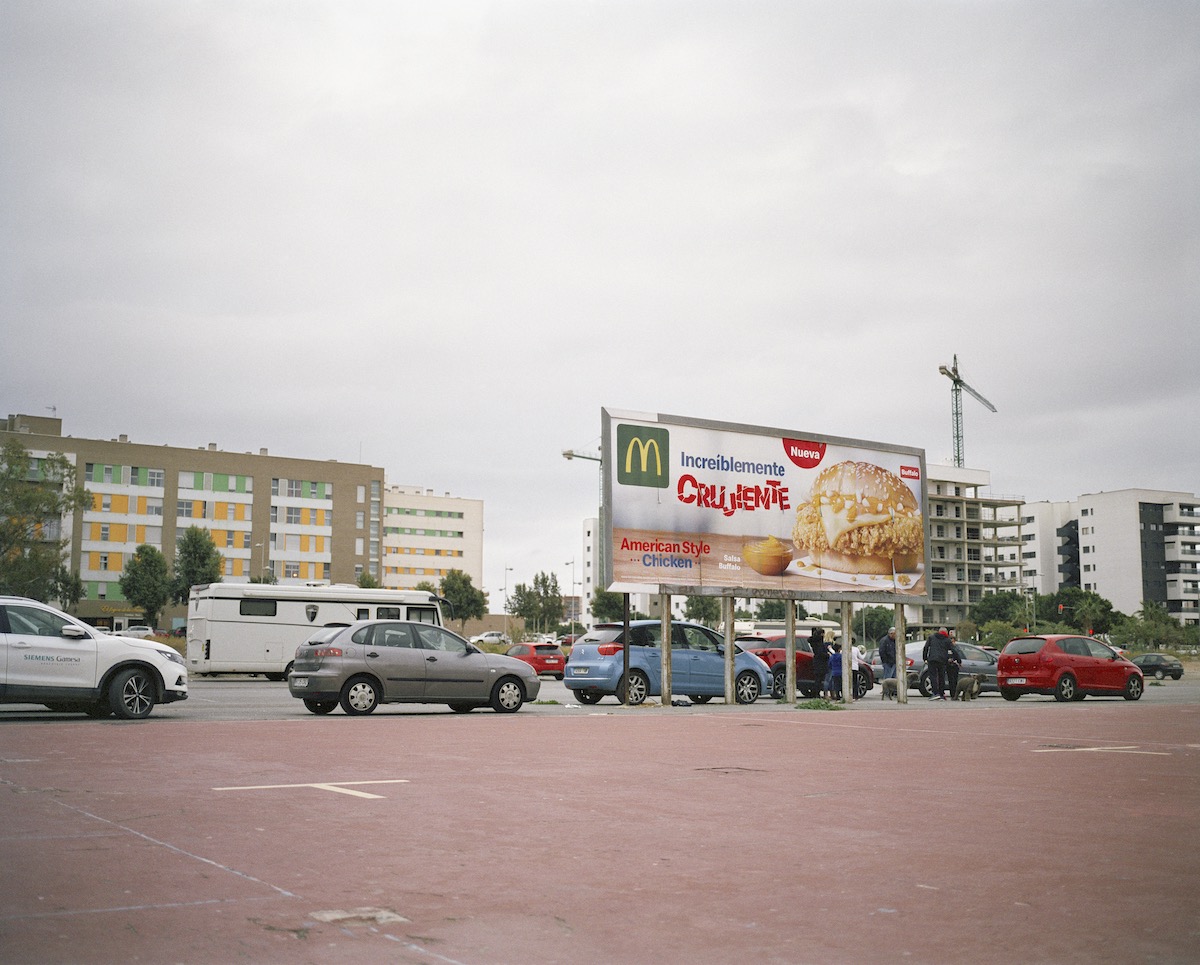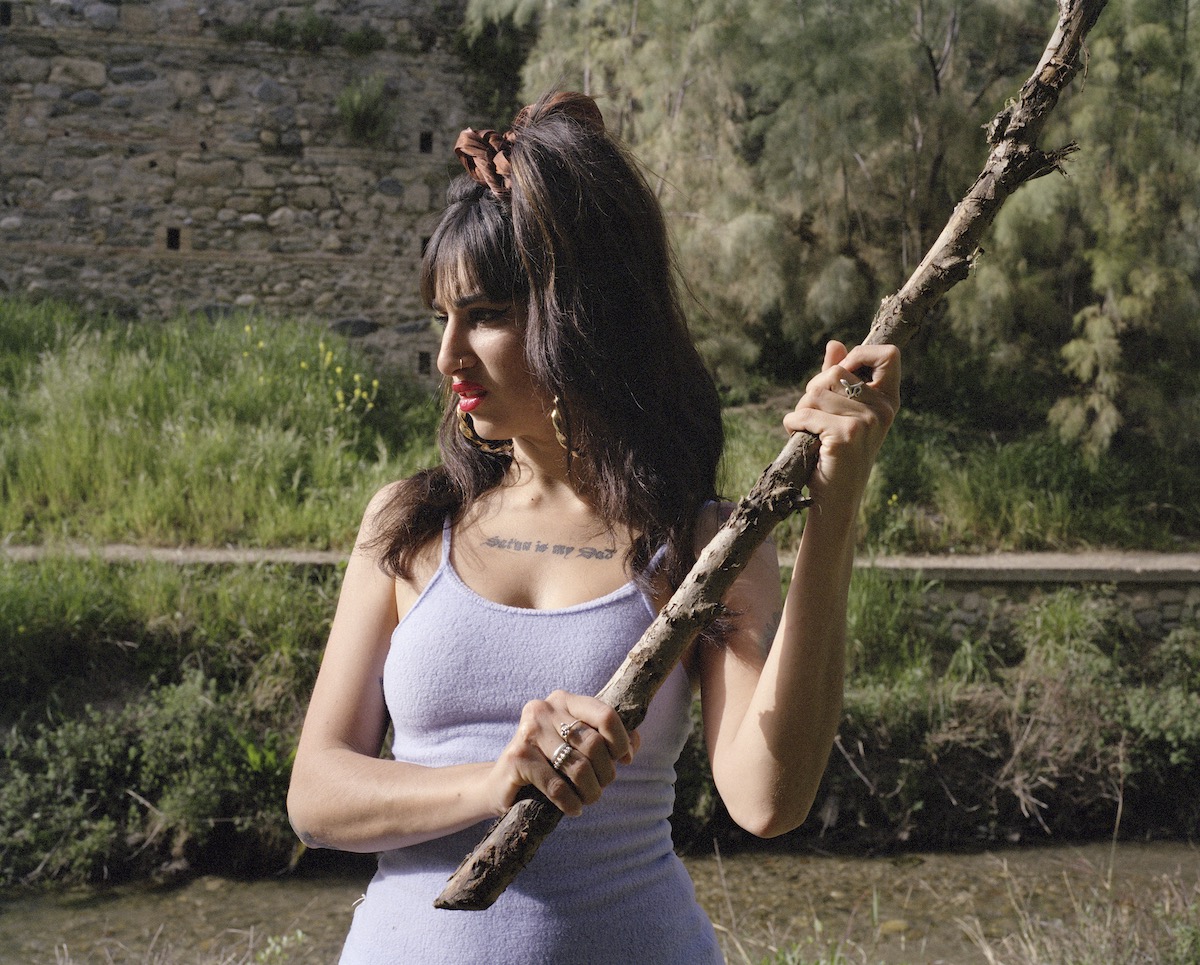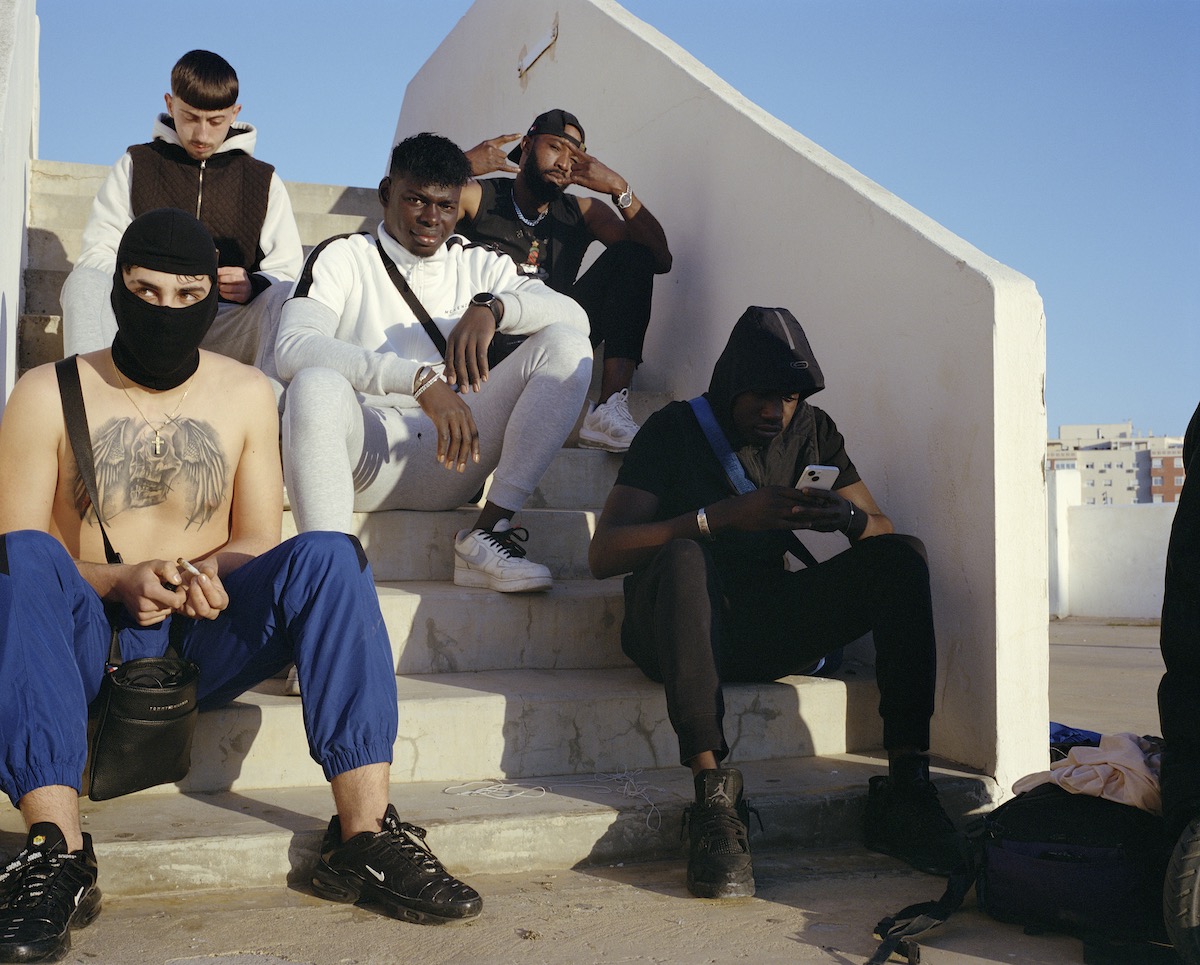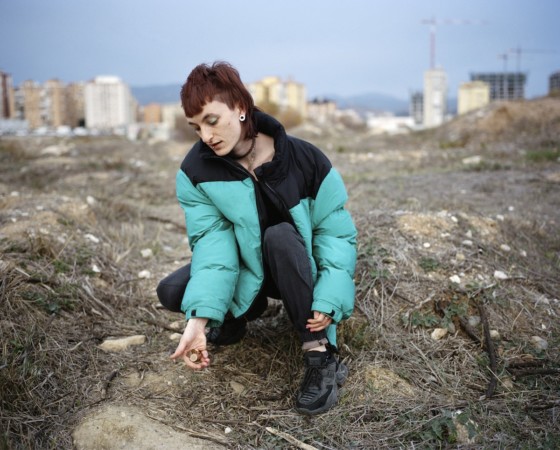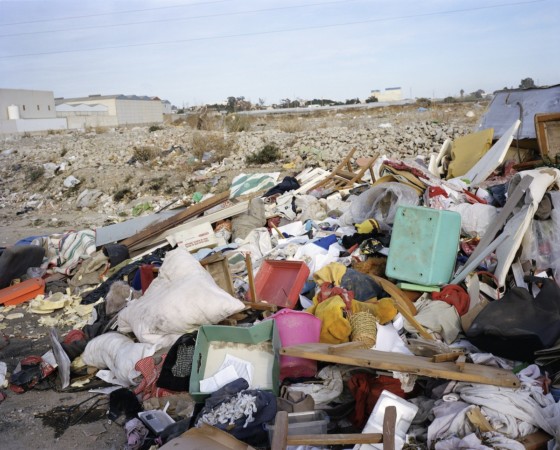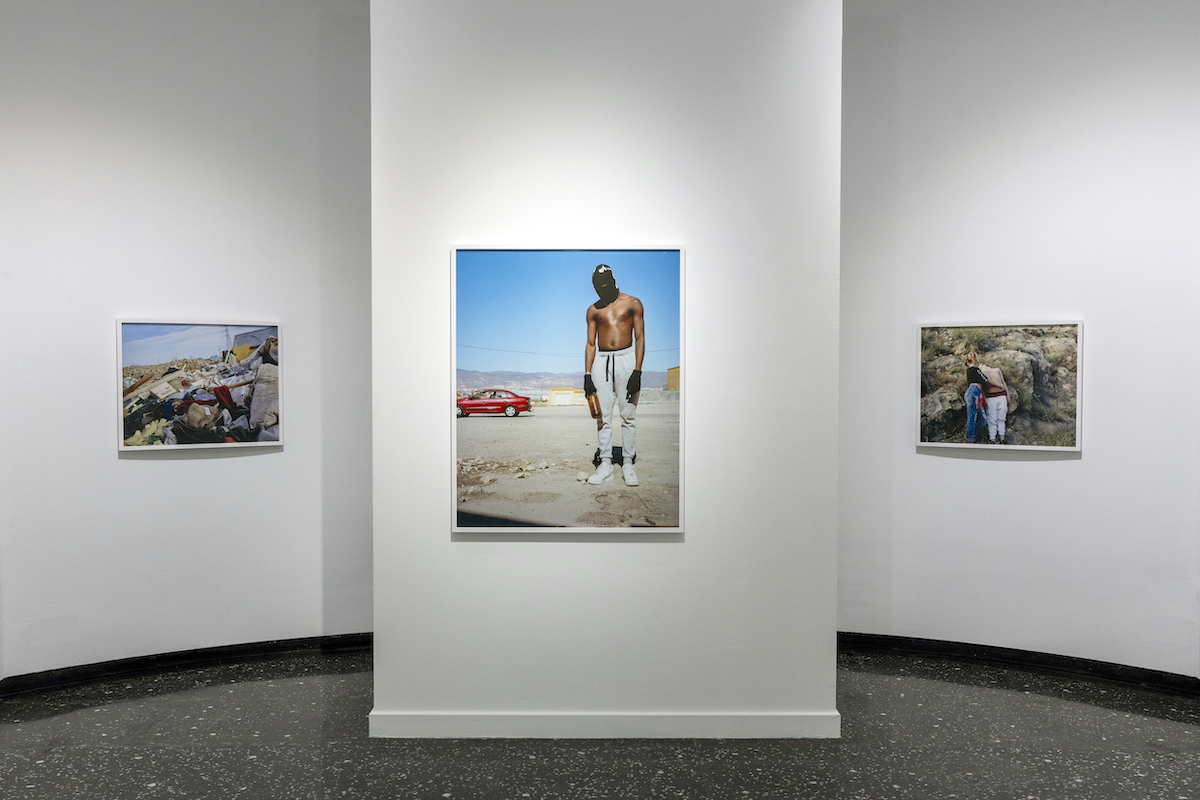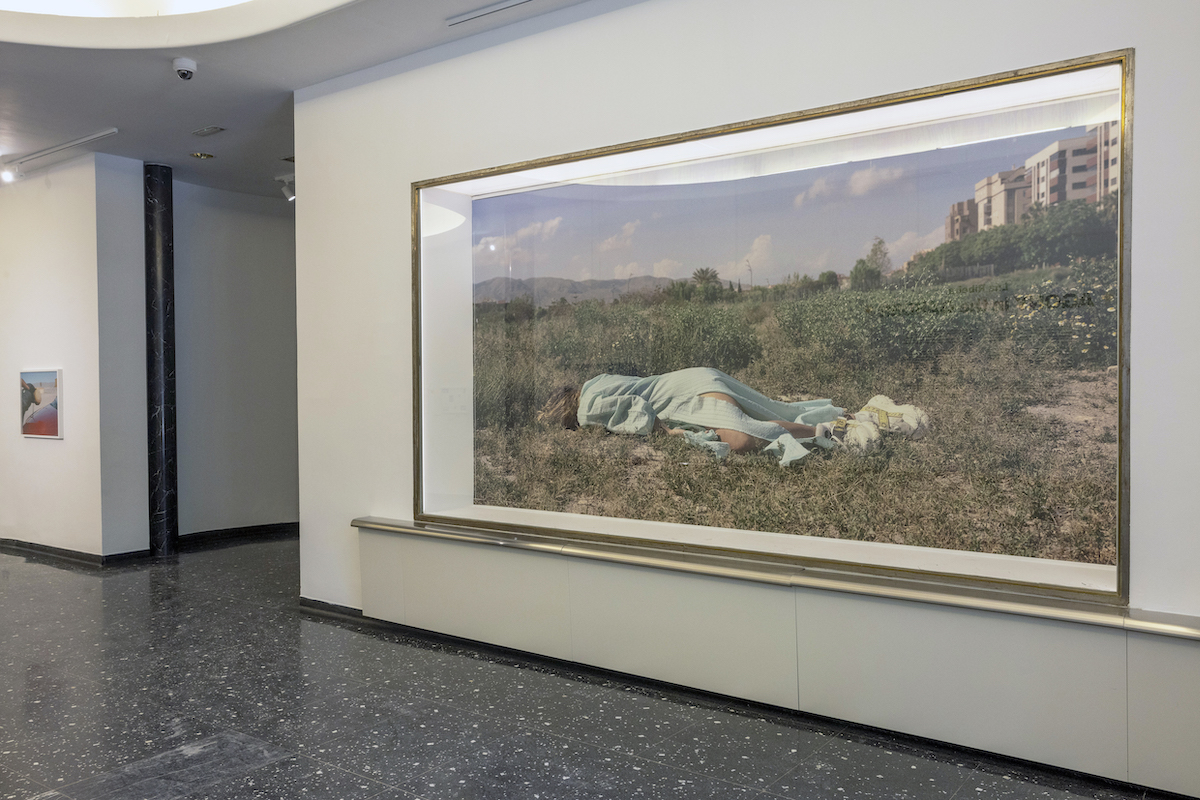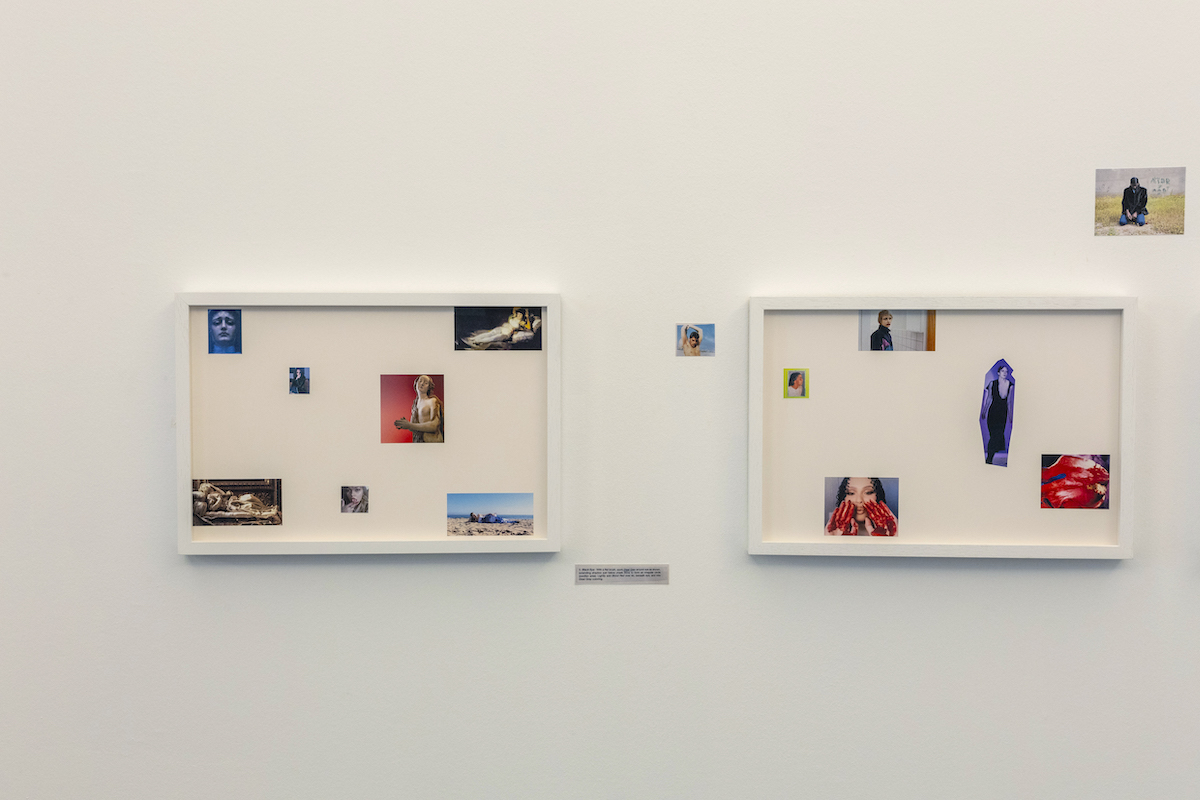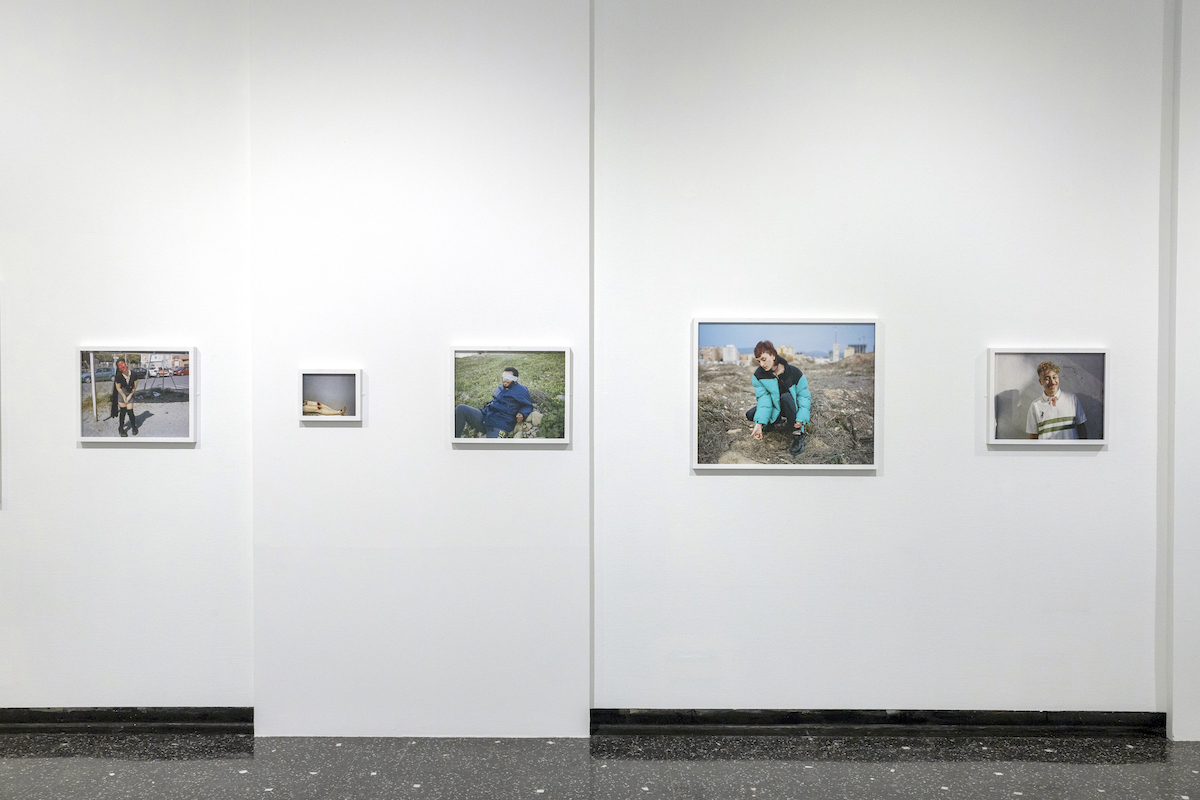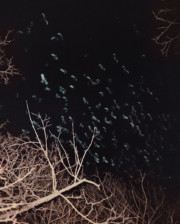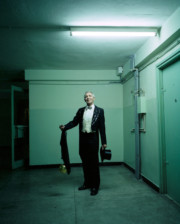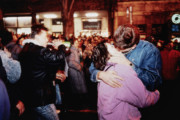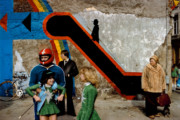The Sound and Vision of Trap and Drill Music
An exhibition of Lùa Ribeira’s series Agony in the Garden is now showing at the Museo Lázaro Galdiano in Madrid, Spain.
Between 2021 and 2023, in the post-pandemic era, Lúa Ribeira traveled to her native Spain to explore the evolution of the trap and drill music scenes. The two genres, both sub-genres of hip-hop with trap originating in Atlanta in the 1990s and drill in Chicago in the early 2010s, were quick to spread their influence worldwide, especially among younger generations.
Both have built a questionable reputation in wider society, and are often considered hedonistic, nihilistic, and controversial due to lyrics largely referencing gratuitous violence, drugs, territorial rivalries, and so on. Yet in countries like Spain, where unemployment rates are high among the younger generations, the trap and drill scenes have been gaining momentum, pulling the subgenres from underground movements to larger audiences, and translating a foreign genre and aesthetics to become something of their own.
Ribeira, who had been following the evolution of the scene for several years, recognized how the music had started taking on a new dimension for certain groups, seeping into a sense of identity and forming close-knit communities of musicians, artists, dancers, and fans. Her exercise as a photographer was to try and capture this expanding influence on questions of identity, belonging, and expression.
She photographed everything from recognized artists to unknown communities, and spending time in recording studios, concerts, and clubs. The result is Agony in the Garden, a series halfway between reality and mythology, drawing its name from a passage from the Bible that describes a period of anguish and prayer.
But the images are far from straightforward documentation. “My intention is to create a coherent universe that relates to a theme I believe is important to address, as well as being current and of the moment,” Ribeira explained in an interview about the project in 2022. “In this case, a lot of what takes place is in a digital arena, so for me to work with it, I had to be aware and think hard about how to create visual coherence. I really like the idea of trying to translate the sound and energy [of trap and drill] into images, more than to document it as such.”
“I had been listening to the genres for years, and became inspired by how they have managed to transcend the local context in which they originated and resonate worldwide,” she writes now. “The sound and aesthetics articulate a broader idea of the present moment and the atmosphere of general crises, whether economic, environmental, or even post-pandemic. This element, somehow generational across time and place, interested me very much and allowed me to connect to the biblical-mythological aspect.”
Today, in a new exhibition at the Museo Lázaro Galdiano in central Madrid, Ribeira’s images sit side-by-side with the likes of Goya, El Greco, and Zurbaran, many of which were also created in response to the same biblical passage references in the series title.
“It is a privilege to exhibit at this museum and to see the work next to classical paintings and art,” she says. “I am interested in that timeless aspect when referencing mythology or religious myths.”
The exhibition presents a comprehensive view of Agony in the Garden, including Ribeira’s visual research constellations, made up of vernacular images, screenshots, history paintings, and her own sketches and outtakes — showing us the story of the project, and the process, a real glimpse into Ribeira’s working method.
“Agony in the Garden” is now showing at the Museo Làzaro Galdiano (C. de Serrano, 122, Salamanca, 28006 Madrid) until August 25 as part of Photo España 2024. Plan your visit here.


